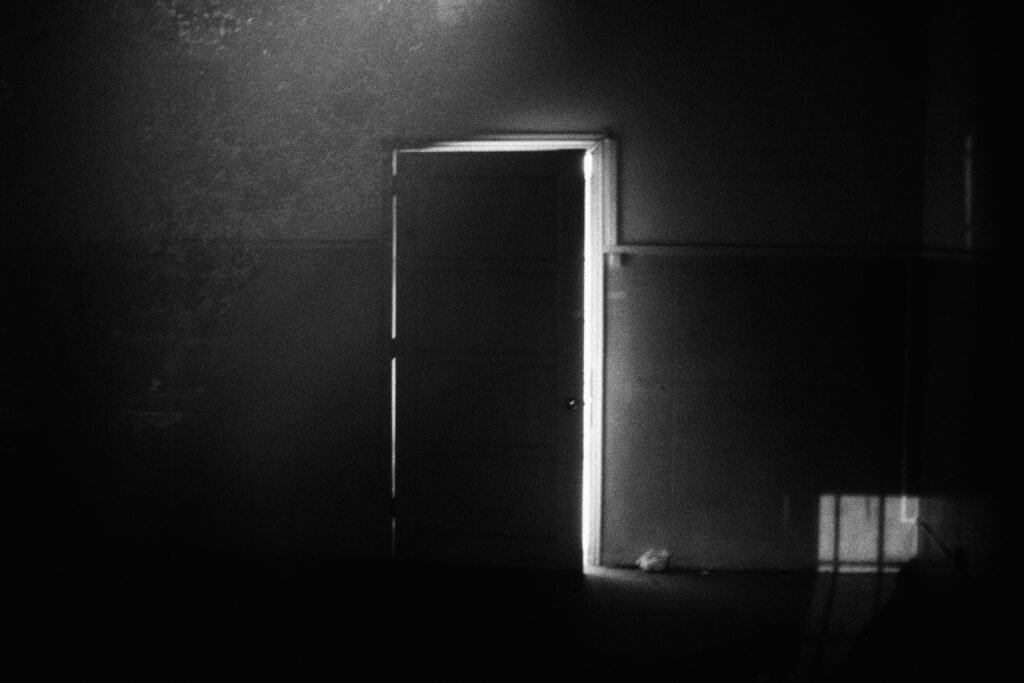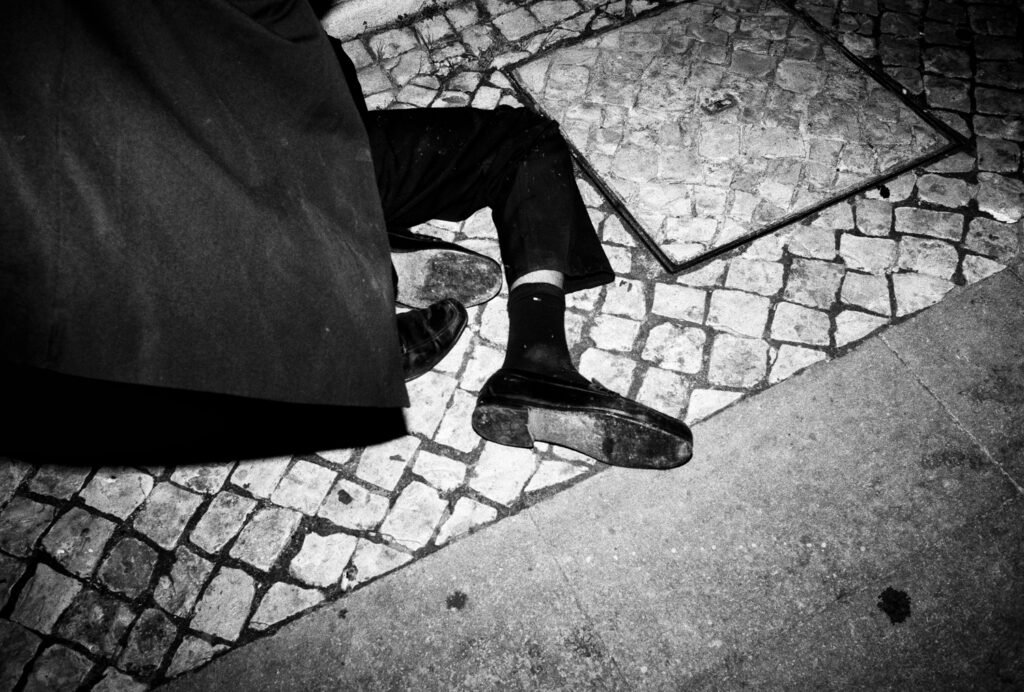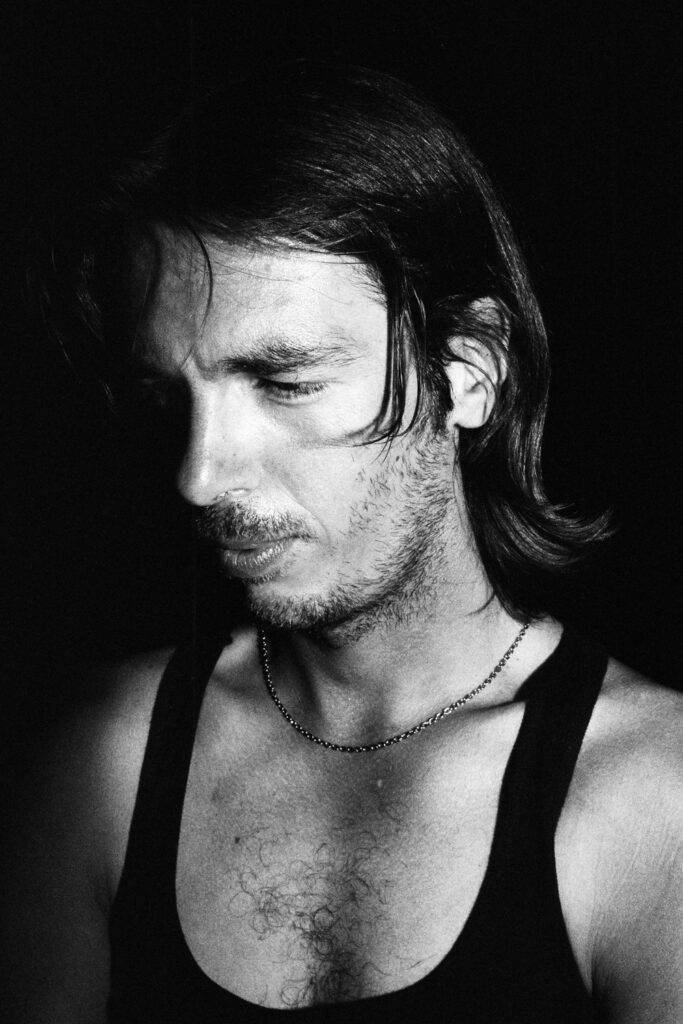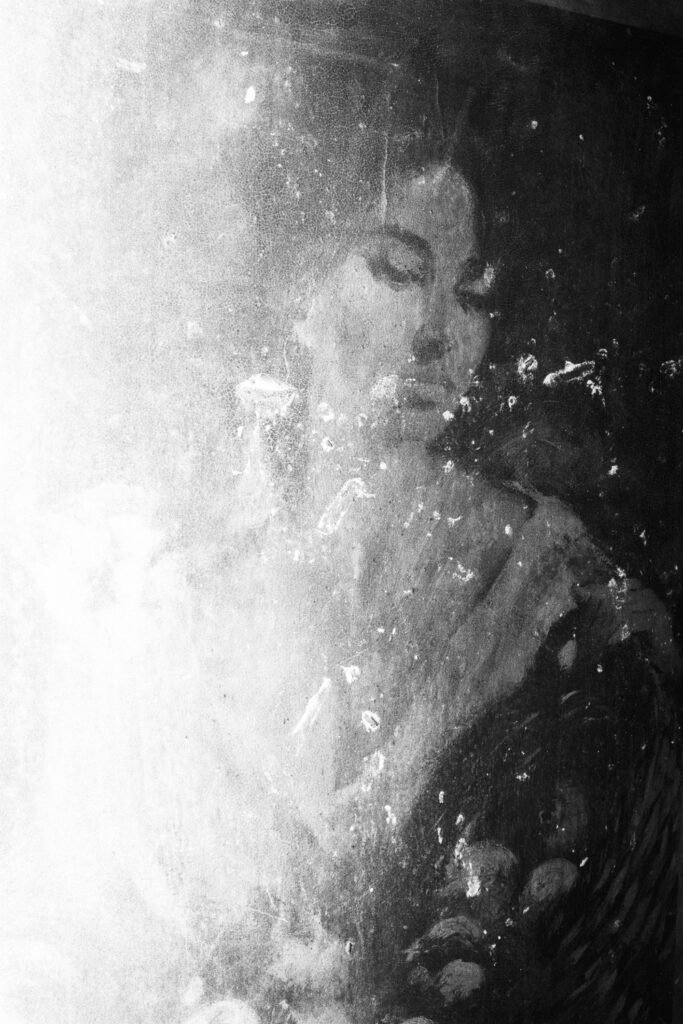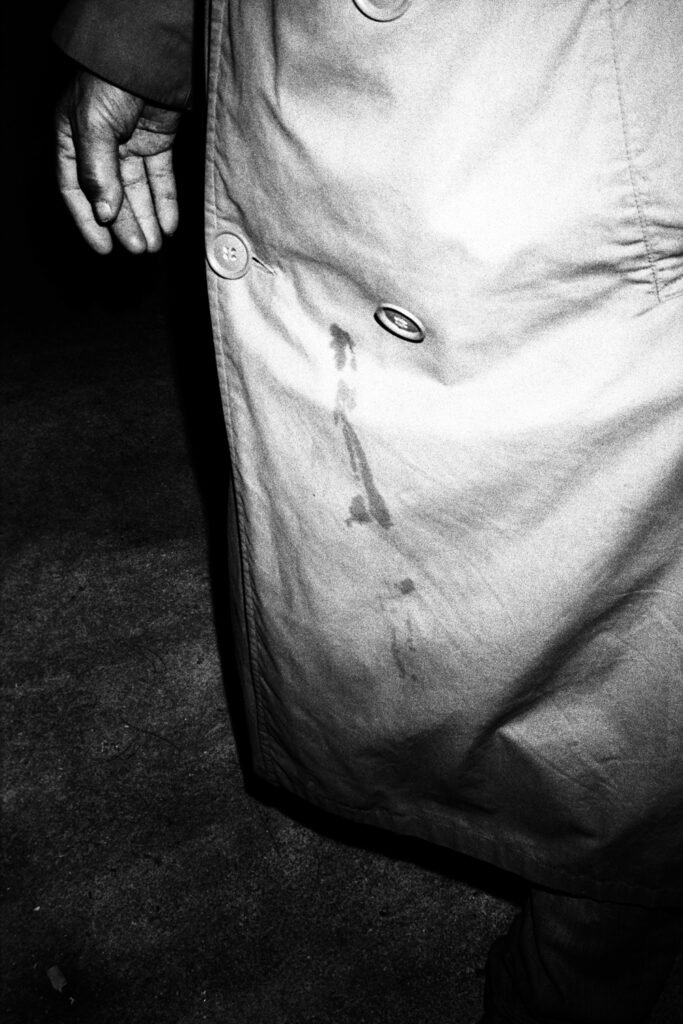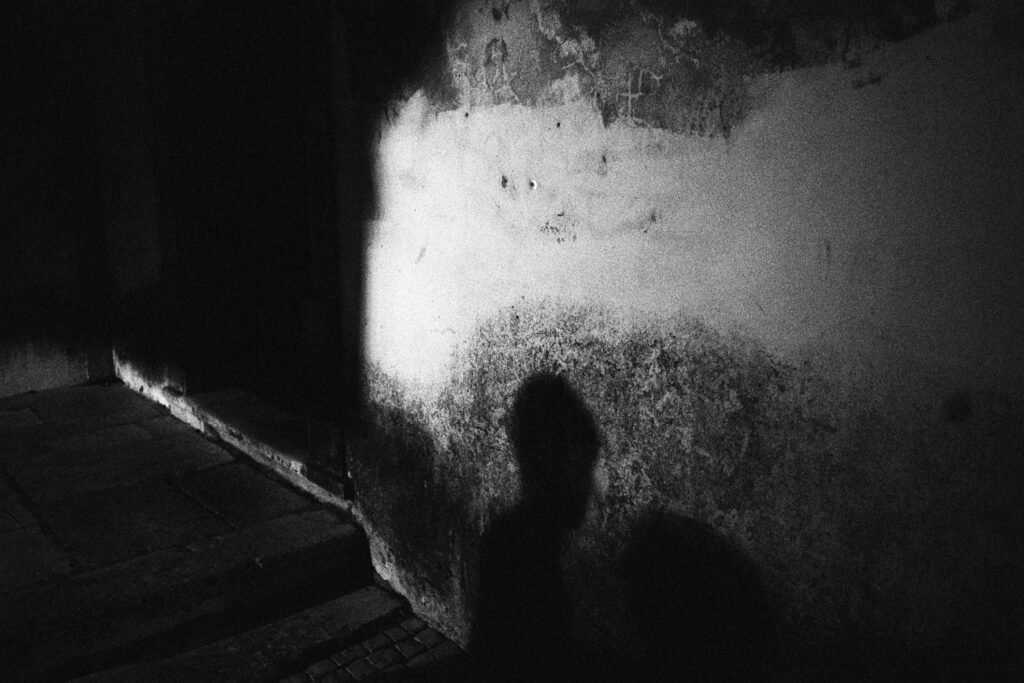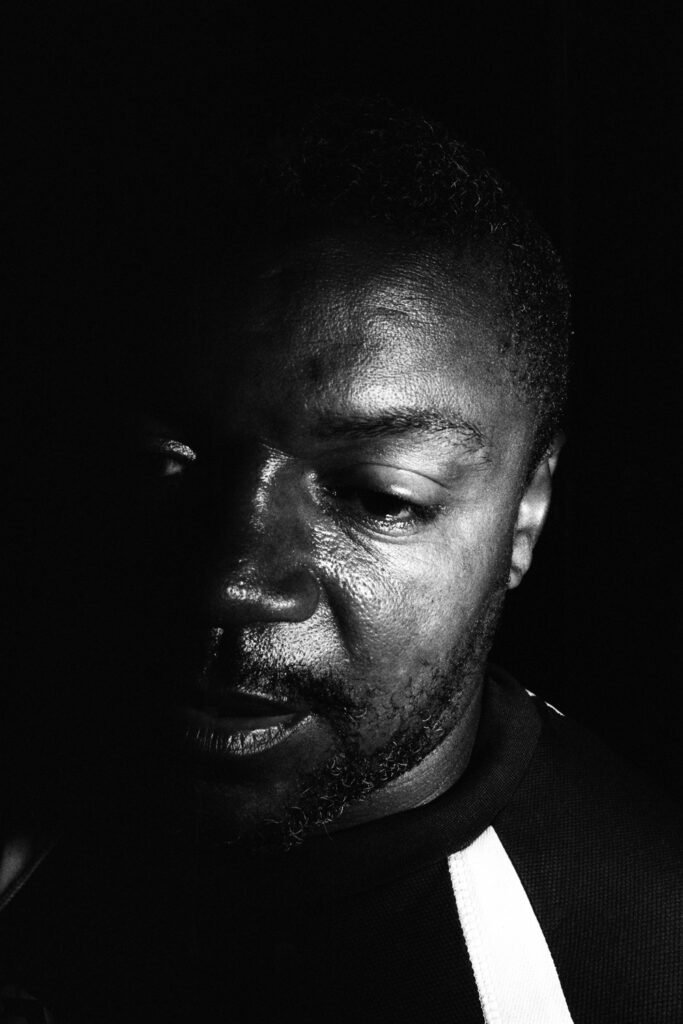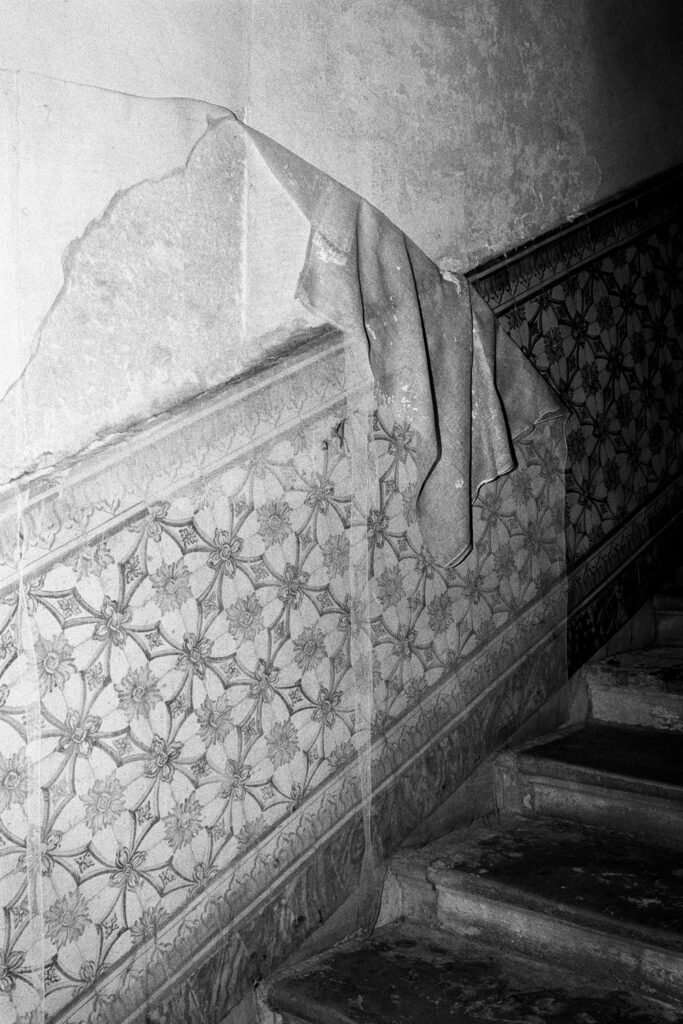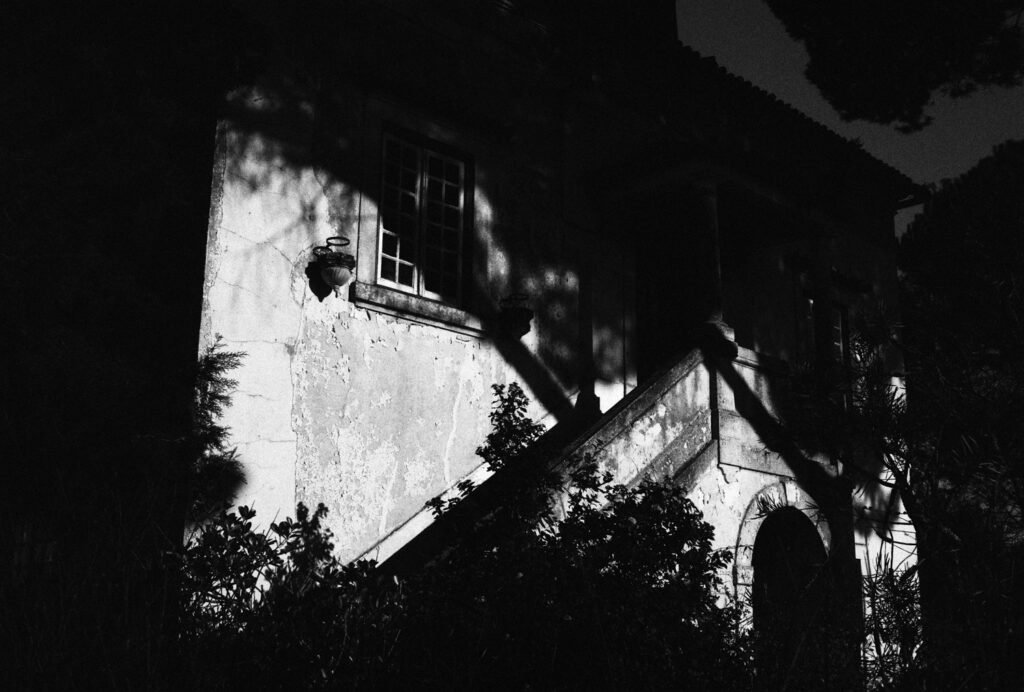“Coimbra, October 12, 1938 – A street in Coimbra at two in the morning makes you shiver.
We are not sure if we are alive or if we are dead. Everything is covered with such an air of unreality, that the houses, the sky, the trees and two figures that pass by in a corner look like things awake from a world that has already died. ”
– Miguel Torga, Diaries.
Coimbra is the third largest city in Portugal, well known for its university founded in 1290. I lived in Coimbra from 2005 until the end of 2007. It was in Coimbra that I started to photograph and develop my film in the bathroom. However, my memory of Coimbra was kept in a drawer, although 14 years later, the smell of the fixer still reminds me of that city and my first photographs.
I returned in 2018. In the Botanical garden I still recognized many of the trees. The sun was still burning the water of the Mondego River. At night I still find students lying on the streets of downtown, but the places where I met so many people were now full of strangers. For almost two years, I walked the streets of Coimbra in search of “a world that has already died”.
“Coimbra – B” is also the name of the train station that connects the north and south of the country. It is also a place of departures and returns that so well represents the city and my own memory. It is also a B-side of a city that is stuck in time, worn out by its own history and in the shadow of its university.
